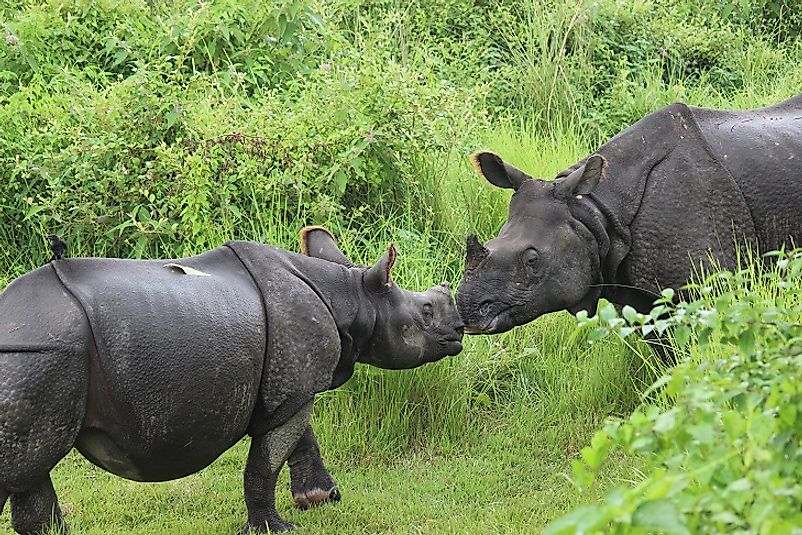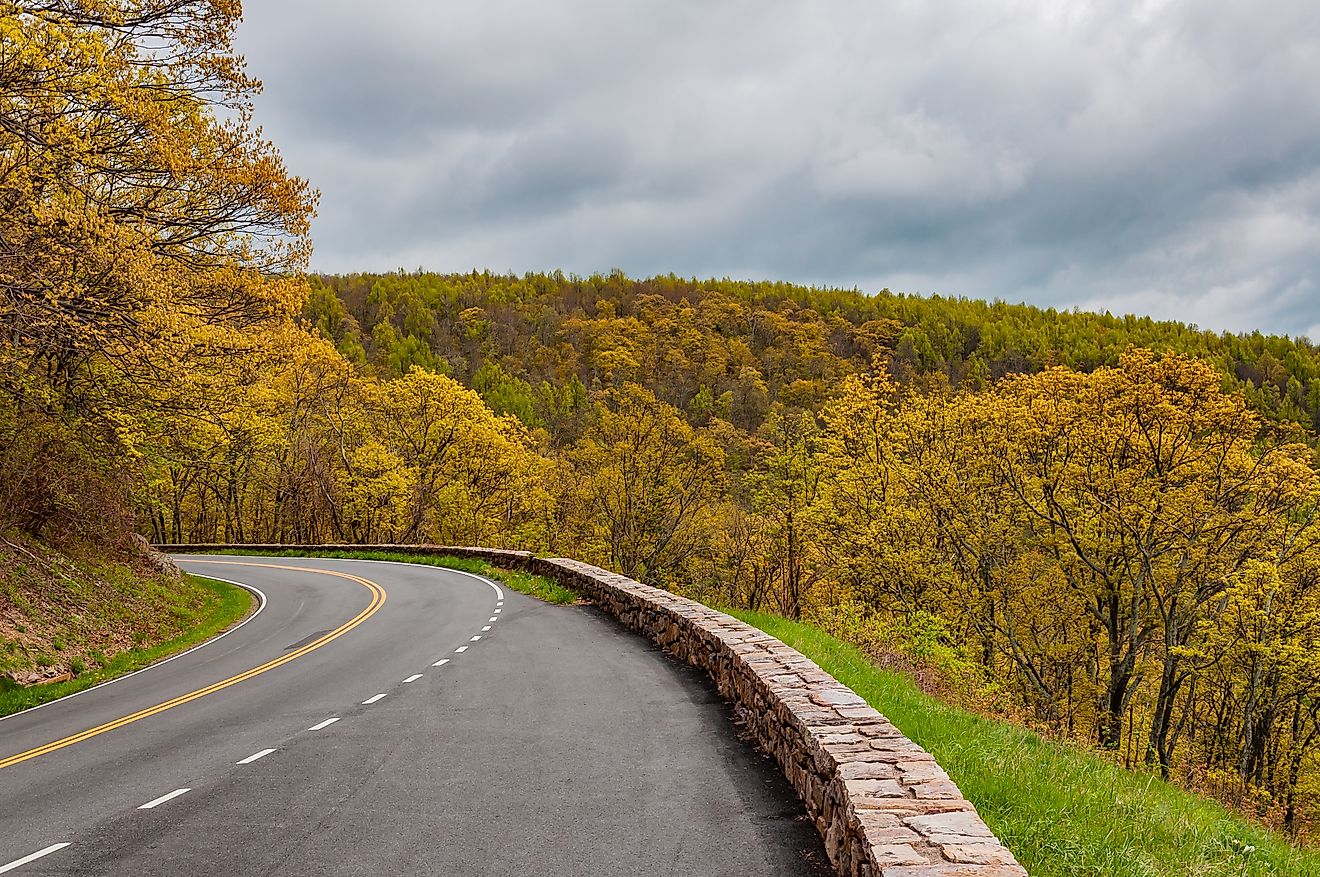Chitwan National Park, Nepal

5. Description
The Chitwan National Park, housing some of the most threatened wild species of the world, encompasses an area of 932 square kilometers in south-central Nepal, covering parts of the Makwanpur, Nawalparasi, and Parsa districts of the country. The national park is located in the lowland of the Inner Terai region of the Himalayan system. The elevation of the park varies between 330 feet and 2,674 feet. The northern and western boundaries of the Chitwan National Park is formed by the rivers and streams of the Narayani-Tapti River system. The protected forests of Parsa Wildlife Reserve in Nepal lies to the east of the national park. The southern extensions of the forest land are part of the Valmiki National Park of India.
4. Historical Role
For the late 19th Century onward, the forests in and around modern day Chitwan National Park used to serve as a highly popular hunting ground for the royals of Nepal. Hundreds of tigers, leopards, rhinos, and other animals were hunted down during hunting trips organized by these royals. However, since the area was largely uninhabited during this time, the forests were dense and widely spread out. Human settlements in the area began to build up after the 1950s when well developed transportation networks allowed people to access the forest areas by vehicles. This triggered large scale deforestation activities and poaching of animals for trade of their body parts also became common. Realizing the urgency of the situation, the Nepalese government expressed the need to protect the forests in the region. While the government conducted surveys in the area, the forests were rapidly degraded by the human settlers. By the 1970s, 70% of the forest cover in the area had been lost and only 95 rhinos remained. In December of 1973, the Chitwan National Park was finally established making it illegal to clear forest cover and kill wild species within the borders of the national park. In 1984, recognizing the outstanding value of the Chitwan National Park’s natural treasures, UNESCO declared the park as a World Heritage Site.
3. Tourism and Education
Currently, the Chitwan National Park serves as a prime destination for ecotourists visiting Nepal. The park receives thousands of annual visitors from all parts of the world. Well developed tourist facilities exist in the nearby settlements of Sauraha and Tharu. Vehicle and elephant safaris are available for tourists to explore the park and its species. A gharial and an elephant breeding center near the park educates tourists about the need to conserve these species. Tourism also brings income to the locals of the area and encourages them to conserve the park and its species for tourism purpose.
2. Habitat and Biodiversity
The Chitwan National Park experiences a tropical monsoon type of climate with high rainfall during the monsoon season between mid-June to September. Temperatures are pleasant during winter with the average maximum temperature during this season being 18° Celsius. In summers, maximum average temperatures is around 36° Celsius. Himalayan subtropical broad-leaf forests with a predominance of sal trees form the vegetation cover for around 70% of the area of the park. Terai-Duar savanna and grasslands cover about 20% of the area of the park. The Chitwan National Park is well famous for its tremendous animal life diversity. About 68 species of mammals including tigers, leopards, elephants, Indian rhinos, sloth bears, smaller wild cats, civets, pangolins, porcupines, a large number of primates, several species of deer, and wild boars make these forests their homes. The river and lakes in and around the park thrive with fish species and crocodiles. The critically endangered gharials can also be found in these waters. The avian fauna of the Chitwan National Park is also incredibly diverse. A total of 543 species of birds inhabit the park, either permanently or as seasonal migrants. The critically endangered Bengal florican can also be sighted in the park. The park is also home to a large number of snakes, amphibians, and invertebrate species.
1. Environmental Threats and Conservation
Today, a large number of threats impact the wild flora and fauna of the Chitwan National Park. Illegal poaching of its wild species like tigers and rhinos for illegal wildlife trade is one of the biggest problems faced by the park authorities. The indiscriminate felling of Chitwan's trees for commercial gain is another threat to the forests. Encroachment of human settlements into the park area also needs to be checked. Plans to build new infrastructural facilities like roads and railways threaten to fragment wildlife habitats. Human-wildlife conflicts are also on the rise as animals that lose habitat wander into human settled area in search of food. Conservation efforts have thus been sped up by the Nepalese government to conserve the Chitwan National Park’s stupendous biodiversity and natural value. Nepalese army personnel are stationed at the borders of the park to block the entry of suspicious persons into the park. Forest guards patrol the entire area in the park to ensure the illegal logging or poaching incident do not occur. The park is presently well managed with special emphasis paid to ensure the safety of the threatened species inhabiting the park.











